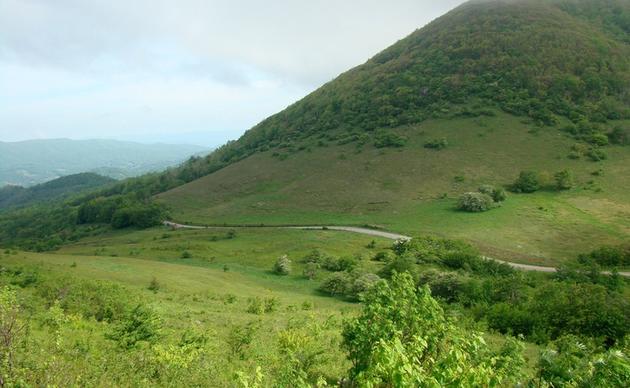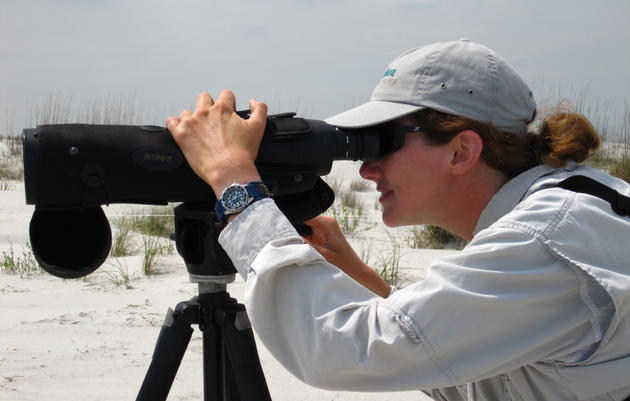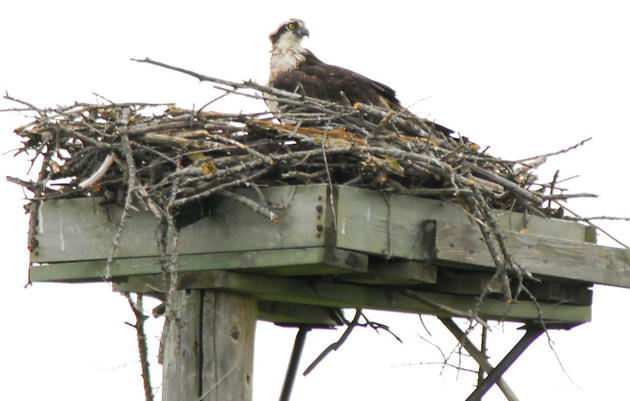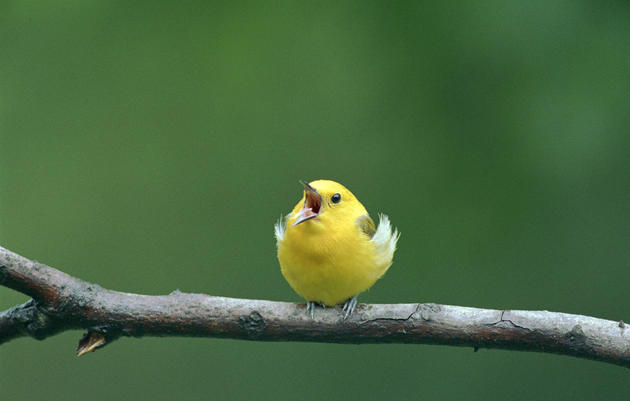Audubon North Carolina has authored the second edition of the Important Bird Areas of North Carolina, a full-color publication, available as PDFs below, with detailed descriptions of North Carolina's most critical bird habitats. The book features 96 sites comprising nearly 4.9 million acres. Important Bird Areas, or IBAs, are places that provide essential habitat for one or more species of birds at some time during their annual cycle, including breeding, migration and wintering periods. Important Bird Areas provide Audubon with a blueprint for focusing conservation efforts where they will have the biggest impact on conserving declining bird species.
Well-known North Carolina IBAs include iconic landmarks such as Grandfather Mountain and Cape Lookout National Seashore. Nearly all of the state's IBAs include a state, federal or landtrust conservation component, but many also contain a high percentage of privately owned land.
"The IBA program is a wonderful tool for highlighting North Carolina's ecologically significant habitat," said Curtis Smalling, Director of Land Bird Conservation for Audubon North Carolina. "IBAs provide so much more than just prime bird habitat. These special landscapes also provide clean drinking water, healthy populations of many species and in many cases, special opportunities for people to connect to nature through recreation, education and engagement."
To date, 30 North Carolina IBAs have been approved by BirdLife International as globally significant, meaning these locations support a population of a bird species that is significant for its survival on a global level. This also means that North Carolina has a big responsibility in protecting these species while they are wintering, breeding or migrating through our state. Some of the globally important IBAs included the Amphibolite Mountains, which provide habitat for Golden-winged Warblers; the Sandhills, which sustain Red-cockaded Woodpeckers; and Lea-Hutaff Island, which is inhabited by Piping Plovers.
Each IBA account in the book includes a detailed site description, a map (except for sensitive waterbird islands that are not open to the public), and a table showing key bird species and their abundance. The state's IBAs vary in size from just a few acres, as in the case of several small waterbird nesting islands on the coast, to coastal plain sites covering more than 300,000 acres. Some IBAs, such as the Outer Continental Shelf, are completely water-based.
Hundreds of dedicated volunteer birders have adopted an IBA and assisted with gathering data by surveying Important Bird Areas, conducting species specific surveys and research, and participating in longstanding censuses like the Christmas Bird Count.
Audubon North Carolina has widely distributed the publication in book and CD form to North Carolina land conservation agencies so they can utilize the information to set priorities for public and private land conservation projects. The IBA program is not a regulatory initiative and places no restriction on land use or activities. Audubon staff work with managers of the IBAs to support bird and habitat monitoring, habitat management, and education and advocacy efforts focused on birds. Virtually every conservation planning entity in the state recognizes IBAs as priority sites for long-term protection. IBA data (including GIS data) is constantly updated and can be found at our blog or on the U.S. IBA website.
Adopt an IBA
We are always looking for volunteers to help us monitor the 90+ IBAs around the state. Visit the Adopt an IBA page of our website to learn how you can get involved!
Related
Adopt an Important Bird Area
Want to get involved in an exciting community science project? Read more about how you can help monitor North Carolina's irreplaceable bird habitats.
Saving Important Bird Areas
Saving our Important Bird Areas (IBA) is a strategic initiative serving as a conservation blueprint identifying areas that are of critical importance to priority bird species.
Explore the Important Bird Areas of North Carolina
Audubon North Carolina has released a new edition of Important Bird Areas of North Carolina, a full-color publication with detailed descriptions of North Carolina’s most critical bird habitats.
How you can help, right now
Donate to Audubon
Help secure the future for birds at risk from climate change, habitat loss and other threats. Your support will power our science, education, advocacy and on-the-ground conservation efforts.
Sign Up For Our eNewsletter
Keep up-to-date on all that happens with Audubon North Carolina's research, events and volunteer opportunities.








